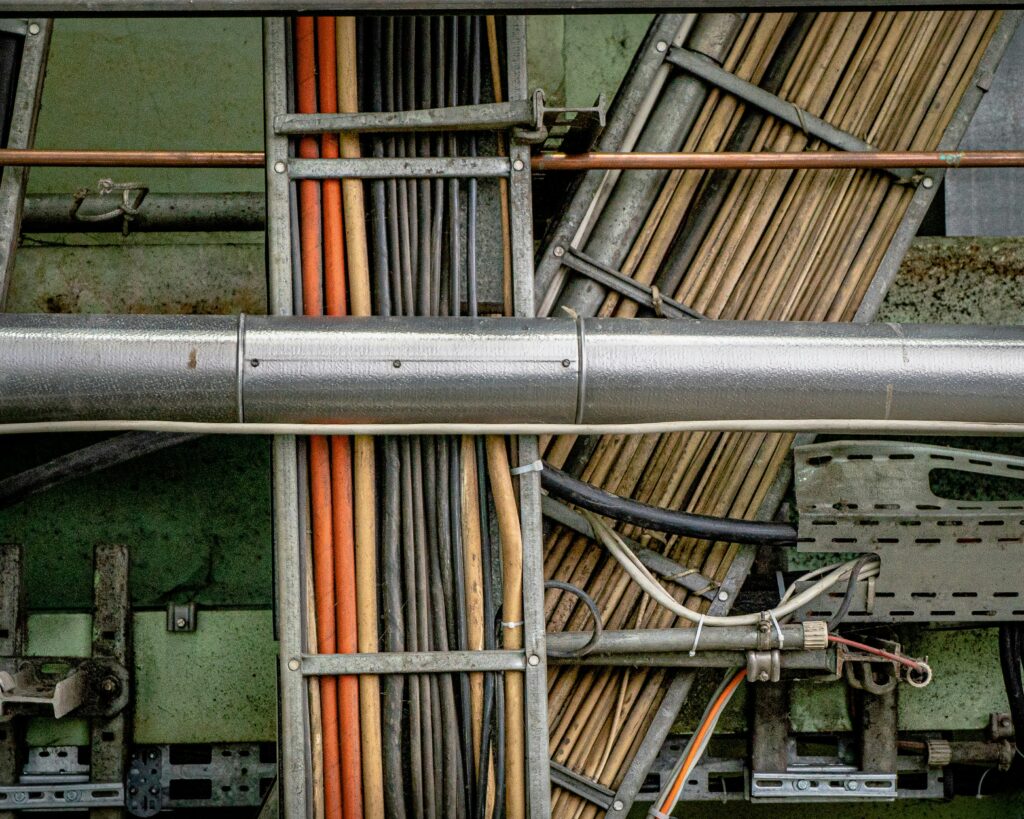Key Takeaways
- Innovations in cable management are driving efficiency in various industries.
- Best practices for cable management can prevent downtime and increase safety.
Table of Contents
- Innovation in Cable Management
- Best Practices for Effective Cable Management
- Upcoming Trends in the Industry
- Conclusion
Innovation in Cable Management
The landscape of cable management has evolved significantly thanks to technological advancements. One prominent player in this field is Cableex, which has been instrumental in pushing the boundaries of efficiency and reliability across various sectors. Innovations such as smart cable management systems, which use sensors and software to monitor the condition of cables, have opened new avenues for effective cable organization. In real-time, these systems can detect issues such as overheating or undue stress on the cables, thereby preventing costly downtimes.
Furthermore, these smart systems offer diagnostic tools that help identify the exact location of faults, making repairs quicker and more efficient. As industries continue to grow increasingly reliant on digital infrastructure, the importance of robust and innovative cable management cannot be overstated. By integrating these advanced systems, businesses can ensure a seamless flow of electricity and data, minimizing the risk of disruptions.
Best Practices for Effective Cable Management
Implementing best practices in cable management is crucial for preventing downtime and ensuring safety. These practices not only help maintain the integrity of the cable systems but also make the management process more streamlined and efficient. Proper planning, regular maintenance, and the use of high-quality materials are fundamental to achieving these goals.
- Planning the Cable Layout: An organized layout minimizes the risk of tangled wires and facilitates easy management. Effective planning involves laying out cables in a systematic manner, making use of cable trays, and labeling each connection clearly. This makes it easier to troubleshoot issues and ensures that the entire system remains accessible and manageable.
- Regular Inspections: Identifying and addressing potential issues before they become major problems can save time and costs. Regular inspections help spot wear and tear, loose connections, or any signs of damage that could lead to larger issues if left unchecked. Scheduled maintenance checks and timely interventions can significantly prolong the life of cable systems.
- Quality Materials: Using durable materials ensures the longevity and reliability of cable systems. Investing in high-quality cables that conform to industry standards can prevent frequent replacements and reduce the risk of failures. Appropriate protective conduits and insulations can protect cables from environmental factors and physical damage.
Upcoming Trends in the Industry
The future of cable management is set to be revolutionized by emerging technologies. With the advent of IoT and AI, the industry is looking at smarter and more intuitive ways to manage cable systems. A recent report by Forbes highlights the growing emphasis on sustainability and energy efficiency as primary drivers for innovation. IoT-enabled systems allow for real-time monitoring of cable conditions, thereby preempting failures and enhancing efficiency.
Moreover, AI-driven analytics can forecast maintenance needs and streamline the overall management process. Sustainability is also taking center stage, with recyclable materials and energy-efficient designs gaining prevalence. The integration of these advanced technologies ensures not only the optimal performance of cable systems but also contributes to reducing the environmental footprint. As these trends become more integrated into the cable management industry, they promise to improve safety, efficiency, and sustainability significantly.
Conclusion
As the cable management industry evolves, staying updated on the latest innovations and best practices is vital. By implementing effective strategies and monitoring upcoming trends, businesses can enhance operational efficiency and safety, ensuring a reliable and manageable infrastructure system. Whether planning an organized layout, investing in smart systems, or adopting sustainable materials, effective cable management is a cornerstone of modern infrastructure.
